



310s Hot rolled Stainless steel plate
- FOB Price:
- Negotiable | Get Latest Price
- Order Quantity:
- 1 Set / Sets
- Supply Ability:
- 1000 Set / Sets per Month
- Port:
- shanghai
- Payment Terms:
- T/T L/C D/P D/A Credit Card PayPal Cash Escrow Other
- Delivery Detail:
- 5 days
-

430 Hot rolled Stainless steel plate
$1000.00 -

409 409L Hot Rolled Stainless Steel Plat
$1000.00 -

201 Cold Rolled Stainless steel sheets(0
$1000.00 -

321 Hot rolled Stainless steel coils
$1000.00 -

410 410s Hot rolled Stainless steel coil
$1000.00 -

2507 Hot rolled Stainless steel coils
$1000.00 -

HL stainless steel coil
$1000.00 -

2BA stainless steel coil
$1000.00
Huaxiao Capacity about 310s Hot rolled stainless steel plate ,310s HRP,PMP
Thickness: 1.2mm - 10mm
Width: 600mm - 3300mm, the narrowed products pls check in strip products
Length: 500mm-12000mm
Pallet weight: 1.0MT – 10MT
Finish: NO.1, 1D, 2D, #1, hot rolled finished, black, Anneal and pickling, mill finish
310/310s Same grade from different standard
1.4841 S31000 SUS310S 1.4845 S31008 S31008S 06Cr25Ni20 0Cr25Ni20 high temperature stainless steel
S31008 Chemical component ASTM A240 :
C?≤ 0.08 ?Si: ≤1.5 ?Mn: ≤ 2.0 ?Cr?16.00?18.00 ?Ni?10.0?14.00??S ?≤0.03 ?P ?≤0.045 Mo: 2.0-3.0 , N≤0.1
S31008 mechanical property ASTM A240:
Tensile strength : > 515 Mpa
Yield Strength : >205 Mpa
Elongation (%): > 40%
Hardness: < HRB95
310 and 310s stainless steel plate
310 stainless steel has a relatively high carbon content of 0.25%, while 310S stainless steel has a low carbon content of 0.08%, and the other chemical components are identical. Therefore, the strength and hardness of 310 stainless steel are higher and the corrosion resistance is worse. The corrosion resistance of 310S stainless steel is better and the strength is slightly lower. 310S stainless steel is relatively difficult to smelt due to its low carbon content, so the price is relatively high.
The differences are summarized as follows:
1. The chemical composition is 310. The carbon content is 0.15% and the 310S requirement is 0.08%. In addition, he also requires the MO component to be less than or equal to 0.75%.
2. Surface hardness in terms of strength. 310 is greater than 310S
3. The corrosion resistance 310S is greater than 310 because 310S adds MO
4. The high temperature resistance 310S of the same processing conditions is better than 310
Some more different between hot rolled and cold rolled stainless steel
By definition, steel ingots or billets are difficult to deform at normal temperature and are difficult to process. Generally, they are heated to 1100 to 1250 ° C for rolling. This rolling process is called hot rolling. Most steels are rolled by hot rolling. However, because the surface of the steel is prone to iron oxide scale at high temperature, the surface of the hot-rolled steel is rough and the size fluctuates greatly. Therefore, steel with smooth surface, accurate size and good mechanical properties is required, and hot-rolled semi-finished products or finished products are used as raw materials and then cold. Rolling method production.
Rolling at normal temperature is generally understood to be cold rolling. From a metallographic point of view, the limits of cold rolling and hot rolling should be distinguished by recrystallization temperature. That is, the rolling lower than the recrystallization temperature is cold rolling, and the rolling higher than the recrystallization temperature is hot rolling. The steel has a recrystallization temperature of 450 to 600 °C.
Hot rolling, as the name suggests, has a high temperature of the rolled piece, so the deformation resistance is small and a large amount of deformation can be achieved. Taking the rolling of the steel sheet as an example, the thickness of the continuous casting blank is generally about 230 mm, and after rough rolling and finish rolling, the final thickness is 1 to 20 mm. At the same time, due to the small width-to-thickness ratio of the steel plate, the dimensional accuracy requirement is relatively low, and the shape problem is not easy to occur, and the convexity is mainly controlled. For the requirements of the organization, it is generally achieved by controlled rolling and controlled cooling, that is, controlling the rolling temperature, finish rolling temperature and crimping temperature of the finishing rolling to control the microstructure and mechanical properties of the strip.
Cold rolling, generally there is no heating process before rolling. However, due to the small thickness of the strip, the shape of the plate is prone to occur. Moreover, after cold rolling, it is a finished product, and therefore, in order to control the dimensional accuracy and surface quality of the strip, many complicated processes are employed. The cold rolling production line is long, the equipment is numerous, and the process is complicated. As the user's requirements for dimensional accuracy, shape and surface quality of the strip are improved, the control model, L1 and L2 systems, and the shape control means of the cold rolling mill are relatively hot. Moreover, the temperature of the rolls and strip is one of the more important control indicators.
The cold rolled product and the hot rolled product sheet are different from the previous process and the next process. The hot rolled product is the raw material of the cold rolled product, and the cold rolled hot rolled steel coil is machined by the pickling process. Rolling mills, rolling, are cold-formed, mainly to roll thick-form hot-rolled sheets into thin-gauge cold-rolled sheets, usually 0.3-0.7mm by hot-rolling on-board rolling of 3.0mm. Cold rolled coil, the main principle is to use the extrusion principle to force deformation
-
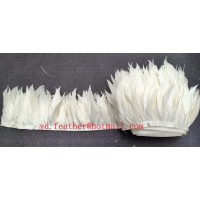
Stripped Soft Goose Fe
$3.00 -
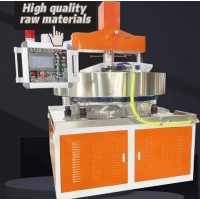
plastic ball grinding
$30000.00 -
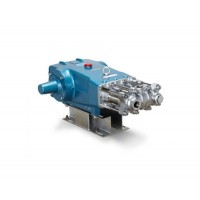
CAT piston pump 281
$4000.00 -
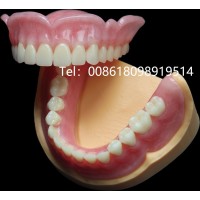
Droichead Zirconia Plu
$10.00 -
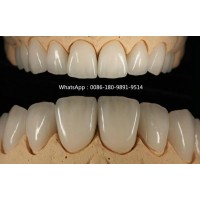
E.max crown, Veneer, I
Inquiry -
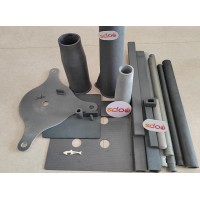
ReSiC Beams/plates/bur
$16.00 -
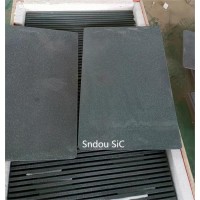
RSiC Slabs Boards Tile
$15.00 -

RSiC Batts as Kiln she
$15.00 -
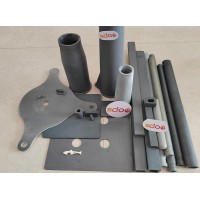
RSiC Tube by recrystal
$10.00 -
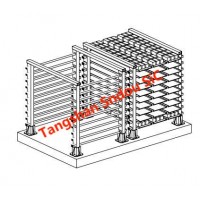
RSiC Kiln Furniture (B
$16.00 -
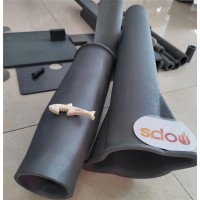
RSiC Burner Nozzle Fla
$18.00 -
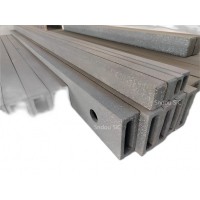
RSiC Beam Support Pill
$16.00 -
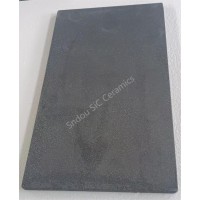
RSiC plate Slab Board
$15.00 -

NSiC Tube Pipes by Nit
Inquiry -
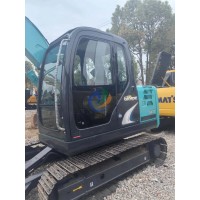
used excavator hudraul
$16600.00 -
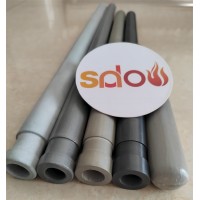
NSiC Thermocouple Prot
Inquiry -

Stalk Riser Tube for L
Inquiry -

NSiC Ceramic Heater Pr
Inquiry -

RSiC NSiC Ceramic Kiln
Inquiry -
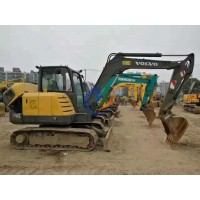
used excavator hudraul
$11500.00
- brand:
- huaxiao
- Set up shop
- Authorized by Manufacturers & Suppliers online marketplace B2B platform GongWong.com, can provide agency service
- Service Introduction
- Authorized product, Internet cloud promotion service integrating certification promotion and procurement inquiry
- Intelligent website construction
- PC terminal + mobile terminal, create a cost-effective corporate website!